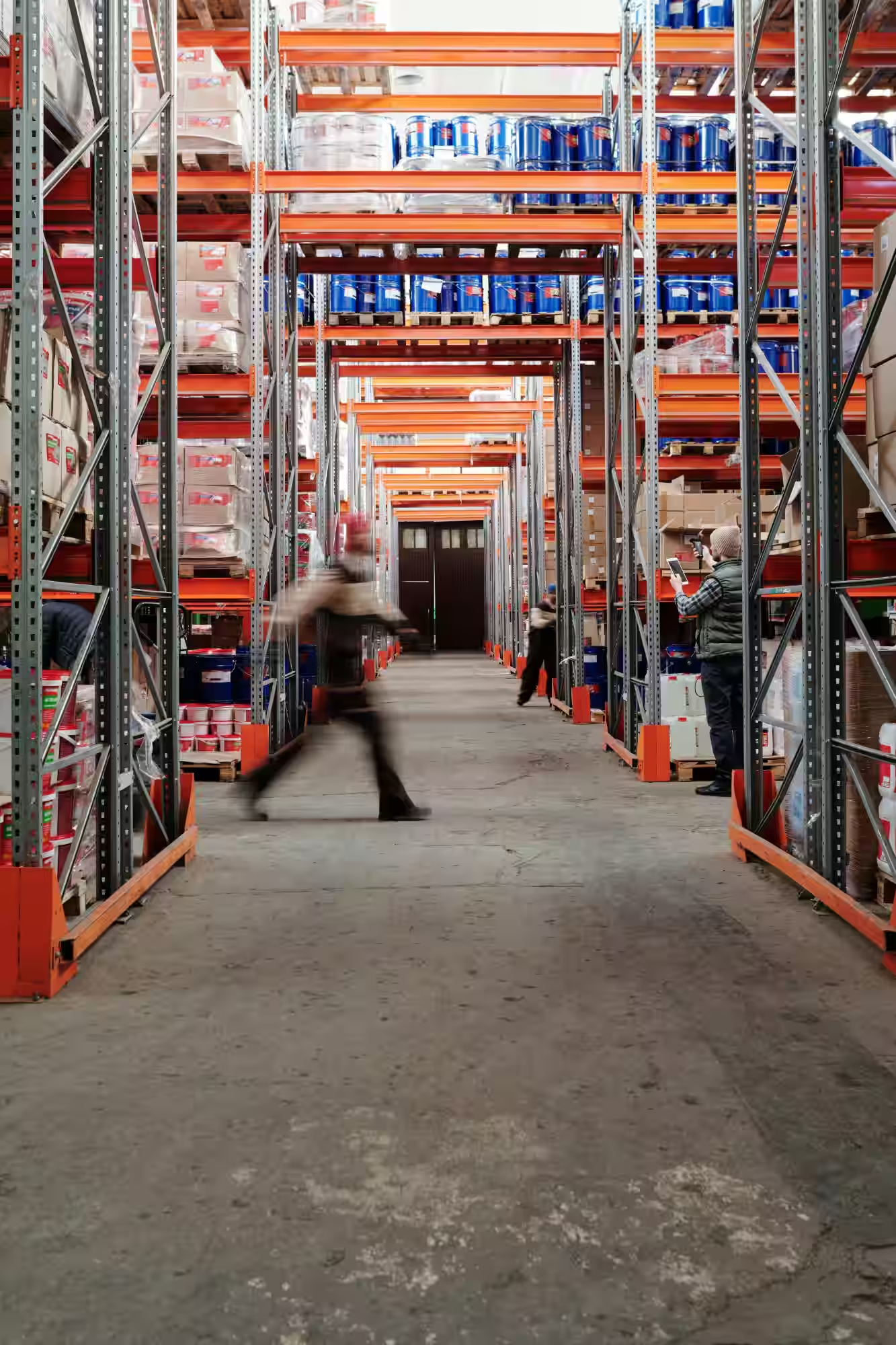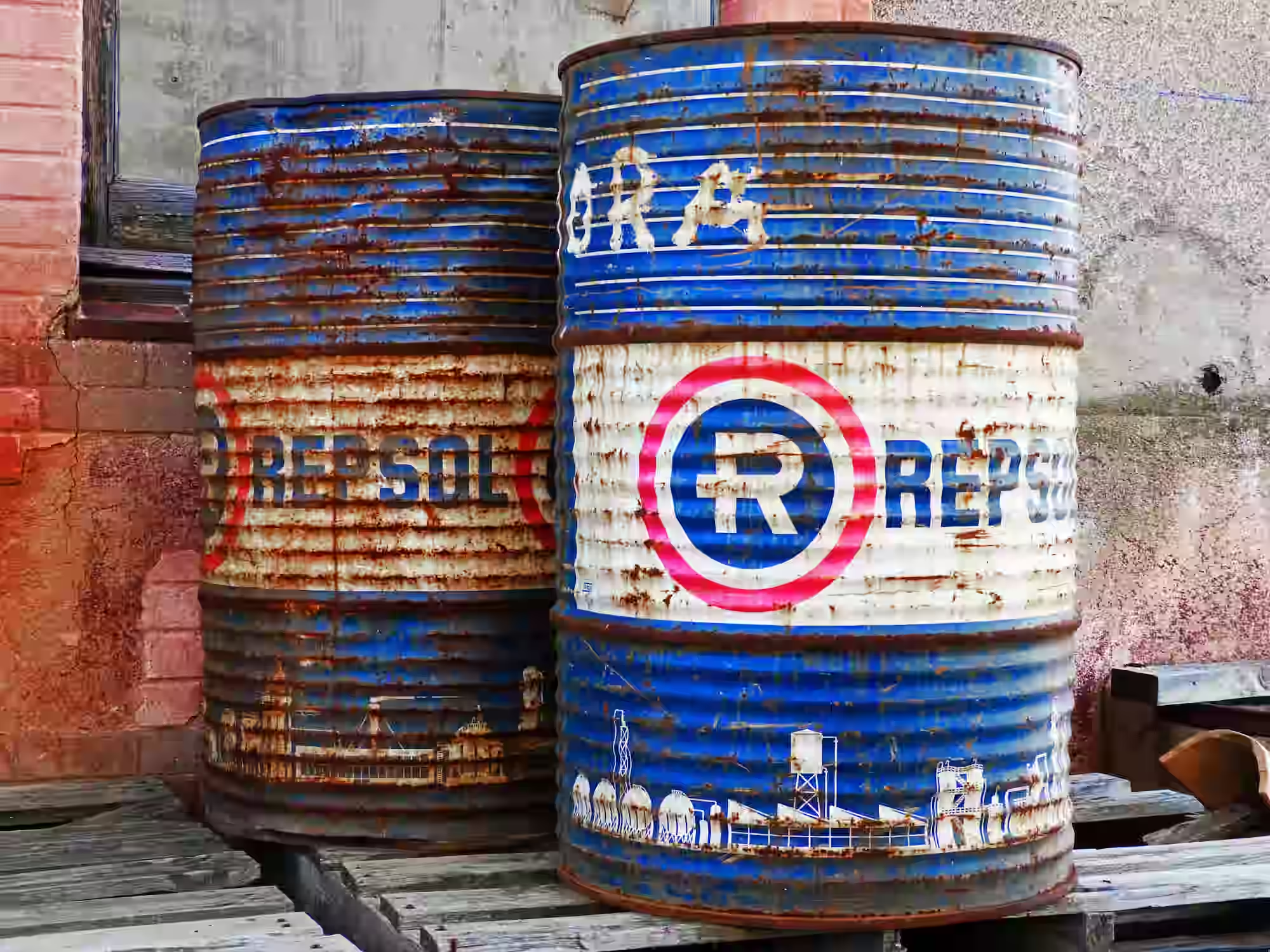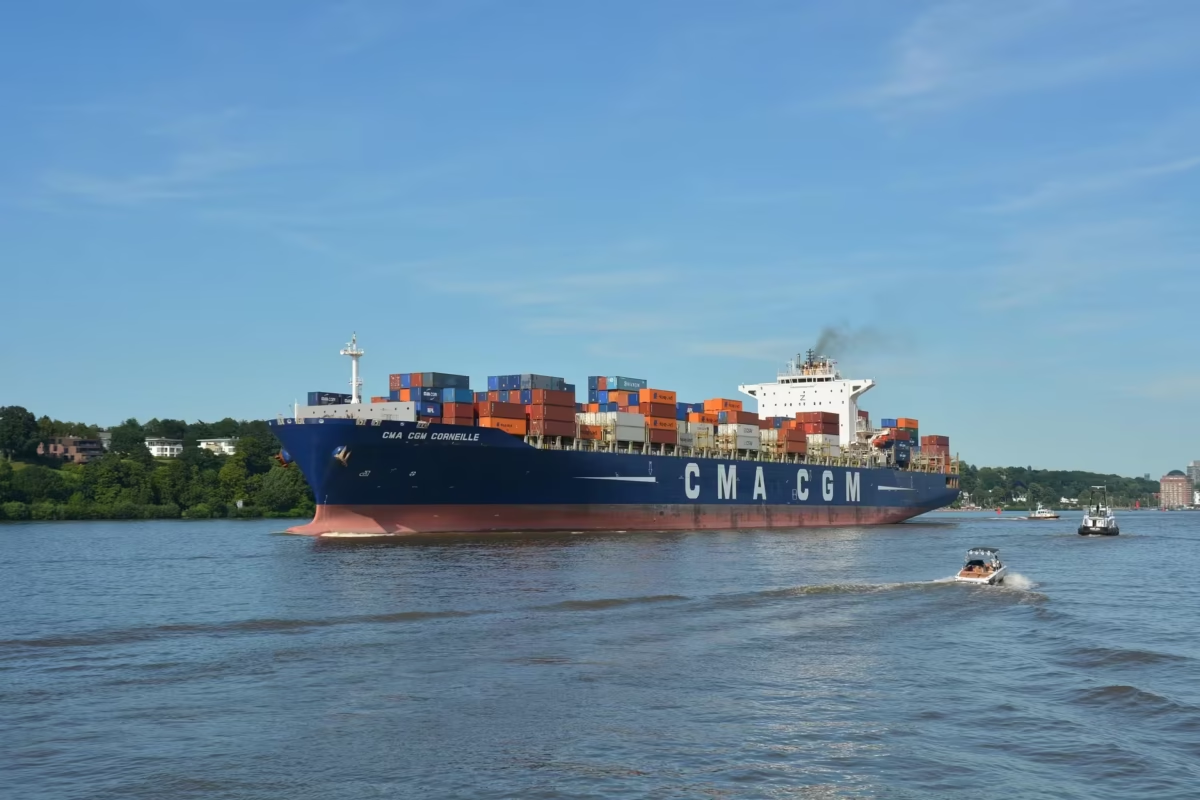

Dangerous goods are materials, substances, or products that, during transport, handling, or storage, may pose a risk to health, safety, property, or the environment. These risks include explosions, fires, poisoning, corrosion, or biological contamination.
To ensure safe and consistent management worldwide, the United Nations (UN) has established a system of nine classes that groups these materials according to the type of hazard. Some classes are divided into subcategories that further specify the risk.
Explanation of the Classes with Examples
Substances or articles designed to release energy suddenly and violently through detonation or a pyrotechnic reaction. They can cause damage through pressure, heat, or fragmentation.
Examples: dynamite, black powder, fireworks
Includes compressed, liquefied, or dissolved gases under pressure. They may pose risks due to flammability, toxicity, or asphyxiation, and some may react dangerously with other materials.
Examples: propane (flammable), nitrogen (non-flammable), chlorine (toxic)
These are liquids that emit vapors capable of igniting easily in the presence of a heat source or spark. Their flash point is low, which makes them especially dangerous in enclosed environments.
Examples: gasoline, ethanol, acetone.
Solid materials that can ignite rapidly or react violently, even upon contact with air or water. Some may cause spontaneous fires or explosions.
Examples: white phosphorus (spontaneous combustion), metallic sodium (reacts with water), matches.
Substances that are not flammable by themselves but promote the combustion of other materials. Organic peroxides are highly reactive and may decompose explosively under certain conditions.
Examples: ammonium nitrate (oxidizing agent), concentrated hydrogen peroxide (organic peroxide).
These are products that can cause serious harm to human health through inhalation, ingestion, or contact. Infectious substances contain microorganisms capable of causing diseases.
Examples: sodium cyanide (toxic), samples of pathogenic viruses or bacteria (infectious).
They emit ionizing radiation, which can alter living cells and cause serious biological effects. Specialized handling and protection against exposure are required.
Examples: enriched uranium, cobalt-60.
Compounds that can destroy living tissues or damage materials such as metals and plastics. They pose a risk through both direct contact and vapors.
Examples: sulfuric acid, sodium hydroxide.
Includes hazardous materials that do not fit into the previous classes but still pose significant risks, such as environmental contamination, chemical reactions, or physical damage.
Examples: lithium batteries, dry ice, substances harmful to the marine environment.
Marking and Labeling
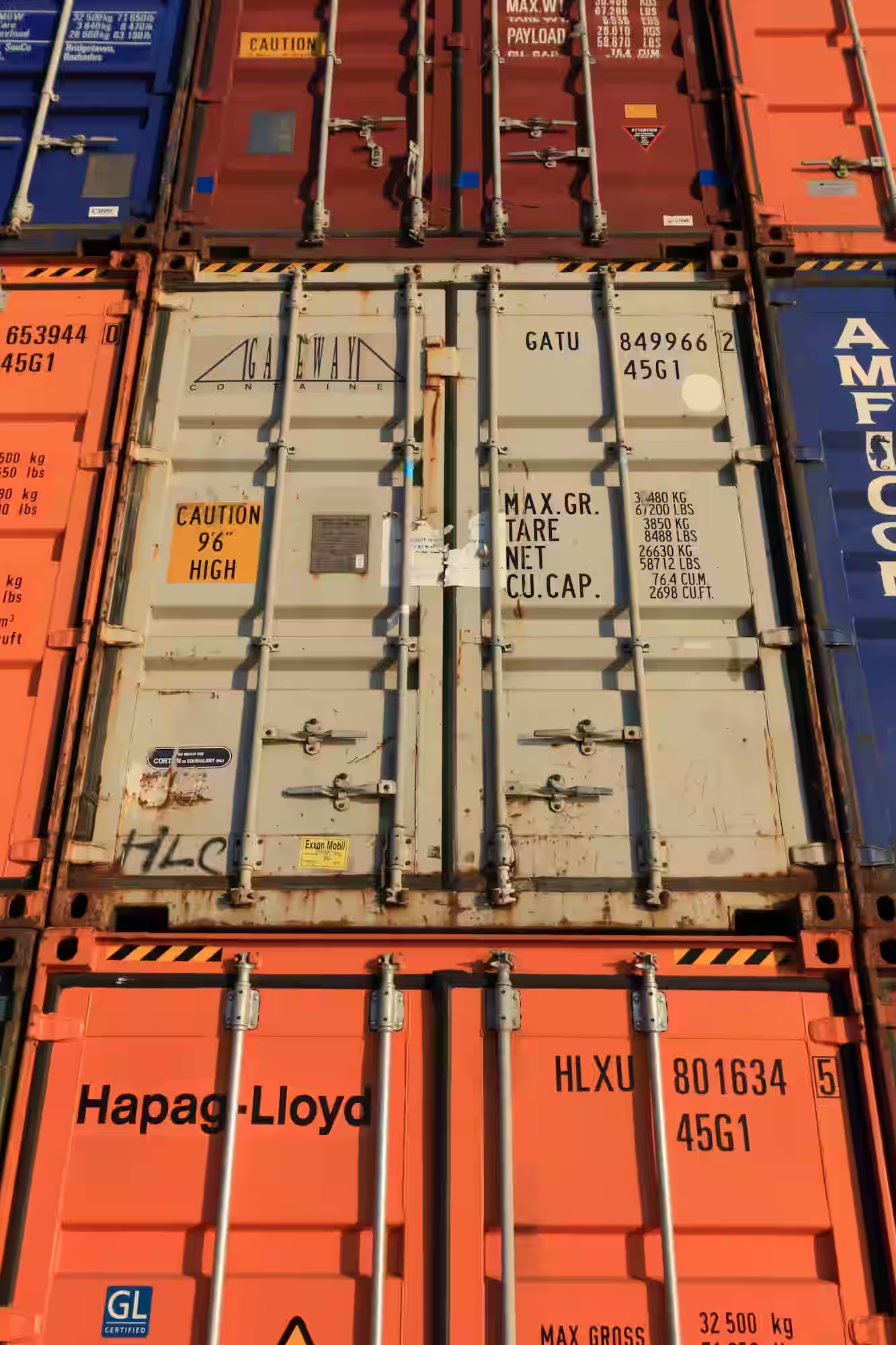
It is a four-digit numerical code assigned by the United Nations that uniquely identifies each hazardous substance or group of substances with similar characteristics. This number facilitates handling, transport, and emergency response.
Example: UN1203 corresponds to gasoline.
It is a colored diamond containing a graphic symbol and the corresponding class number. These labels allow for visual identification of the type of risk the substance represents (such as flammability, toxicity, explosiveness, etc.). Each class has a specific design that must be placed on the packaging, container, or transport vehicle.
- Orientation arrows: Indicate the correct position of the packaging (for example, “This side up”).
- Secondary risk labels: Used when a substance presents more than one type of hazard (for example, flammable and toxic)
- Symbol for “dangerous to the environment”: Applied when the material may cause ecological harm, especially in aquatic environments.
Packaging Specifications
Packaging is classified into three groups according to the level of risk, as defined by the United Nations:
Group I – High Risk
Examples: 70% hydrogen peroxide, highly concentrated hydrofluoric acid.
Typical packaging: Reinforced metal drums, welded metal containers, plywood boxes.
Group II – Medium Risk
Examples: Flammable paint, acetic acid, toluene.
Typical packaging: High-density plastic drums, corrugated cardboard containers, stainless steel boxes.
Group III – Low Risk
Examples: Industrial detergents, 30% ethyl alcohol, low-concentration acetic acid.
Typical packaging: Plastic jugs, single-wall cardboard boxes, glass containers, lightweight drums.
General Requirements
- Compatibility: The packaging material must be chemically compatible with the substance.
- Resistance Testing: Drop tests, internal pressure, stacking, and leakproofness must be verified.
- UN Packaging Code: A marking that indicates the type of container, material, packaging group, and year of manufacture.
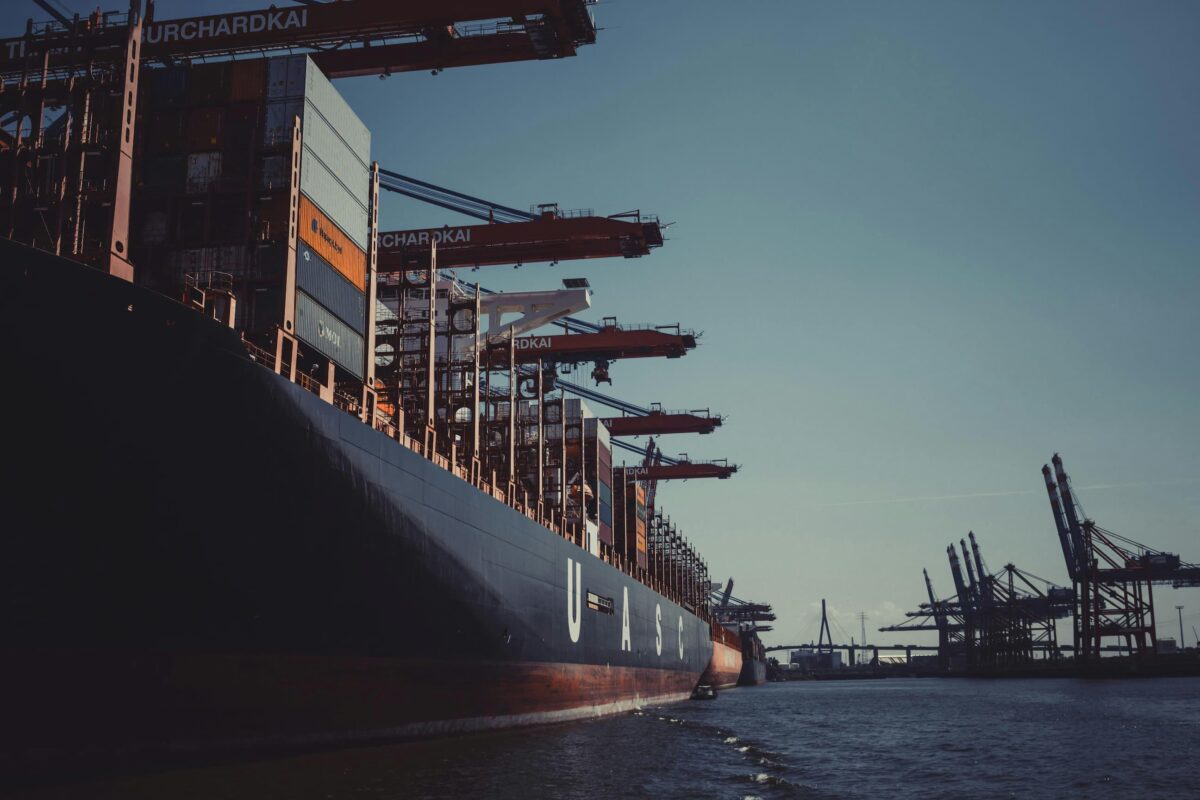
UN Packaging Codes and Other Systems
Packaging codes are a standardized way to identify the type of container, its material, the level of risk it can withstand, and its technical specifications. When a package carries the prefix UN, it means it has been certified according to the United Nations Recommendations for the transport of dangerous goods.
Structure of a UN Code
Example: UN 1A1/X1.5/250/25
- 1A1 → Type and material of the container:
- X → Risk level supported:
- X = Group I (high risk)
- Y = Group II (medium risk)
- Z = Group III (low risk)
- 1.5 → Maximum content density (g/cm³).
- 250 → Maximum allowable weight (in kg).
- 25 → Year of manufacture (2025 in this case).
- 25 → Year of manufacture (2025 in this case).
Other Types of Codes
In addition to the UN code, there are other systems that describe the type of packaging:
| Type of Code | Meaning | Example |
|---|---|---|
| IP (Inner Packaging) | Inner packaging placed inside a UN-certified outer container | IP2 (plastic) |
| Combined | Only the outer packaging is coded | 4G (cardboard box) |
| Composite | Inner container + outer packaging, both coded | 6HA1 (plastic inner with steel outer) |
| RIG / IBC (Intermediate Bulk Container) | Large containers for bulk liquids or solids | 31HA1 (plastic with metal cage) |
| Goods Packaging | Large containers for specific goods | 50H (large plastic packaging) |
Key Difference Between “UN” and Other Codes
- Other codes — Describe the type and material of the container, but do not necessarily imply UN certification on their own.
- In practice, the full code combines both elements: certification + type/material.
- If you’d like, I can help you build a visual comparison chart or signage layout that makes this distinction crystal clear for training or compliance use.
Official Reference: UN Model Regulations – Volume II (Part 4: Packaging and Codes, in English)
Importance of Complying with UN Classification
- Protects lives, property, and the environment
- Prevents fines and customs delays
- Facilitates international logistics and transport
- Enables fast and effective emergency respons

Complete Table of UN Classes and Subdivisions
Class | Subdivision | Brief Description |
1. Explosives | 1.1 | Mass explosion hazard |
1.2 | Projection hazard, no mass explosion | |
1.3 | Fire hazard with explosion or projection effects | |
1.4 | Minor hazard, limited effects | |
1.5 | Very insensitive substances with mass explosion hazard | |
1.6 | Extremely insensitive articles, no significant hazard | |
2. Gases | 2.1 | Flammable |
2.2 | Non-flammable, non-toxic | |
2.3 | Toxic | |
3. Flammable Liquids | N/A | Low flash point, rapid combustion |
4. Flammable and Reactive Solids | 4.1 | Flammable solids, spontaneously reactive substances |
4.2 | Substances that ignite spontaneously | |
4.3 | React with water to release flammable gases | |
5. Oxidizers and Organic Peroxides | 5.1 | Oxidizing agents |
5.2 | Organic peroxides | |
6. Toxic or Infectious Substances | 6.1 | Toxic substances |
6.2 | Infectious substances | |
7. Radioactive Materials | N/A | Emit ionizing radiation |
8. Corrosive Substances | N/A | Damage living tissues and materials |
9. Miscellaneous | N/A | Other hazards, including environmental damage |
